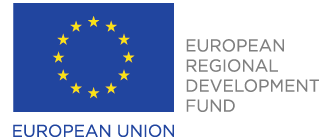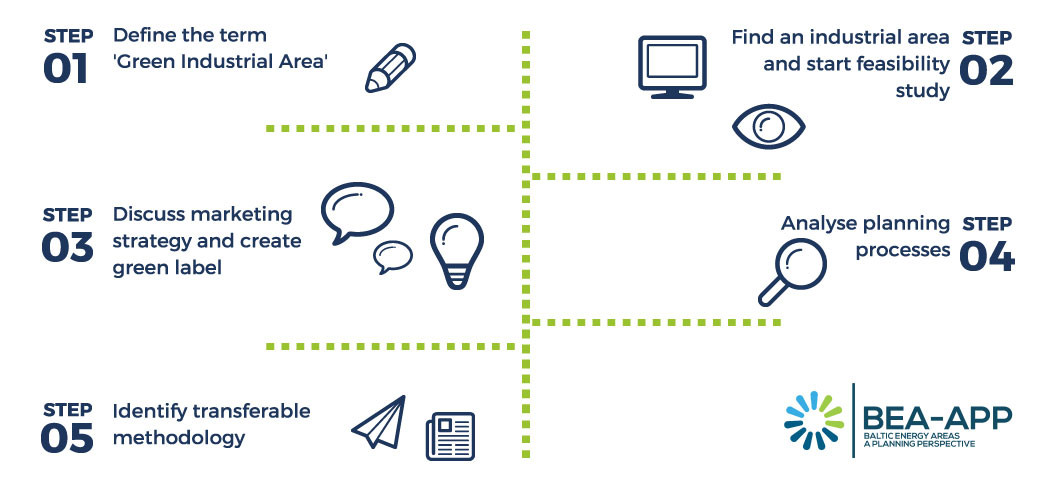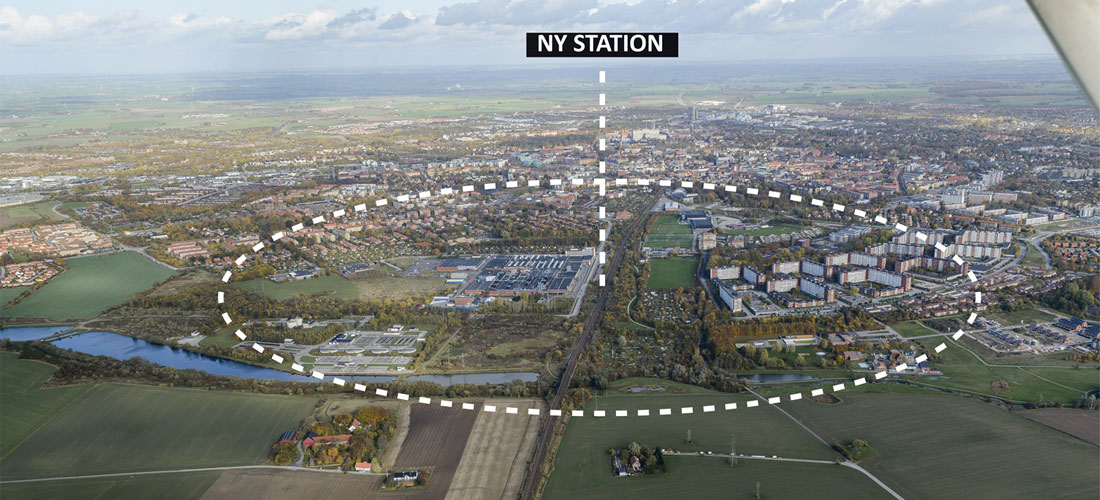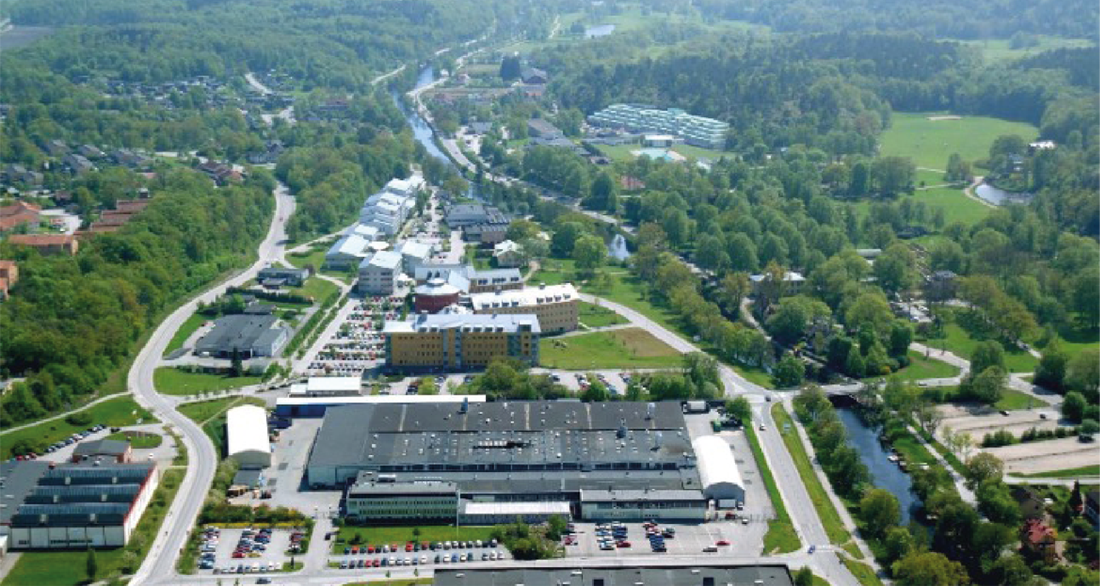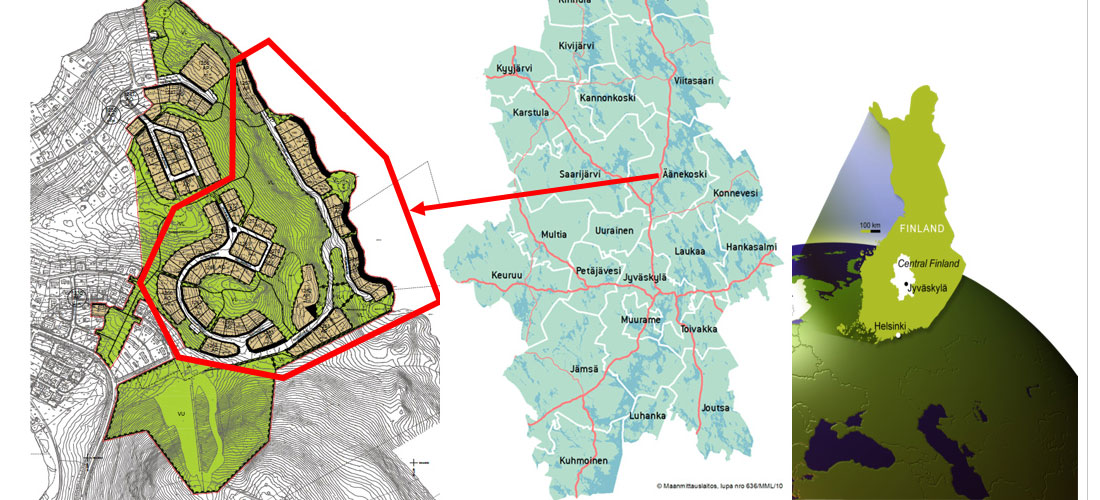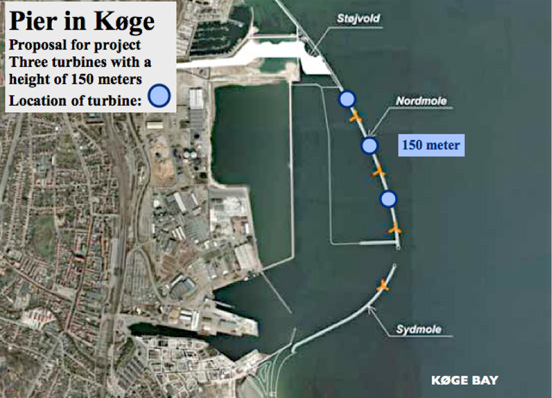
Køge Windmill Project in Zealand, Denmark
Køge Windmill Project in Zealand
As one of four pilots in Zealand, this project will focus on developing a wind farmon Køge pier.
There are currently several projects to develop wind farms in Köge municipality. This includes a nearshore wind turbine project in the sea outside Køge, Solrød & Stevns municipalities - an onshore project in connection with the establishment of a new pier in Køge harbour. This farm would span three turbines of 125-150 meters, located on the northern section of the pier. In addition, there are two other onshore projects under development in Juellund & Vilkestrup. As the project on Køge pier is the one furthest into development, the pilot will focus specifically on that one.
Objectives
The project will include the preparation of a feasibility study identifying the optimal location and contributing to regulatory approval as well as developing financing models including aspects of local ownership. In addition, we will aim to contribute towards establishing an organisation and a company to build and operate the wind farm project.
Implementation
The implementation will be as follows:
- Preparation of a feasibility study, including the identification of the optimal location.
- Develop various financing models, and models for local ownership.
- Contribute to regulatory approval of the different elements
- Contribute to establish an organization and a company to build and operate the wind farm project.
Involved stakeholders are local investors, Køge municipality, local residents and Roskilde University.
Read more about the feasibility report here (in Danish)
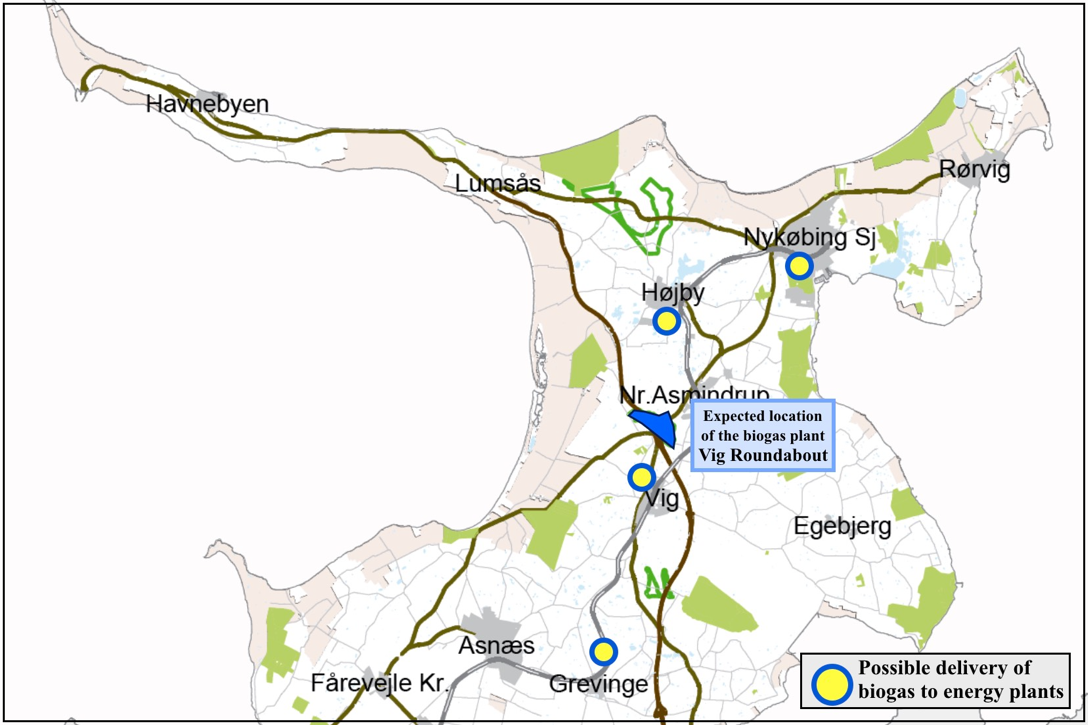
Biogas project based on local resources in Zealand
Biogas project based on local resources in Zealand
As one of four pilots in Zealand,the project will be located in Odsherred municipality, close to the city of Vig. The location is based on maximizing the driving distance from manure suppliers, and Vig is located in the centre of the supply grid. Furthermore, Vig city has a population of approximately 1.500 which can act as a district heating system for the plant.
The aim is to contribute to the development of a biogas plant, based on the philosophy of circular economy, in qualifying and using local resources. The goal is to utilise local manure, deep litter, straw, weed cuttings from streams and waterways, seaweed and industry residues in feeding the biogas plant, and using the biogas for supplying district heating in the local area.
Objectives:
The project includes feasibility studies on various local biogas models and the local supply of raw materials as well as the identification of local stakeholders in developing a biogas plant that meets the various local interests. Subsequently contributing to the development of local ownership, regulatory approval and development of financing proposals. Local stakeholders such as pig farmers, landowners, utility companies and municipalities all play an important role in this project.
Implementation
- The project will involve the following aspects:
- Feasibility studies of various local biogas models
- Mapping the local supply of raw materials (agriculture, horticulture, industry, household
- Identification of key local stakeholders
- Development of a biogas plant that meets the various local interest
- Contribute to the development of local ownershi
- Contribute to regulatory approva
- Proposal for financing of project development up to the tender process.
The project will initially be developed as a farm biogas facility of no more than 36.000 tons of input/year, which can subsequently be expanded to a large-scale biogas plant with a capacity of 160 tons of input/year. Furthermore, the specific utilization of the biogas is in question as well, as there are several different options for utilizing the biogas in some combination of the cities of Nykøbing Sjælland, Vig, Højby & Grevinge.


